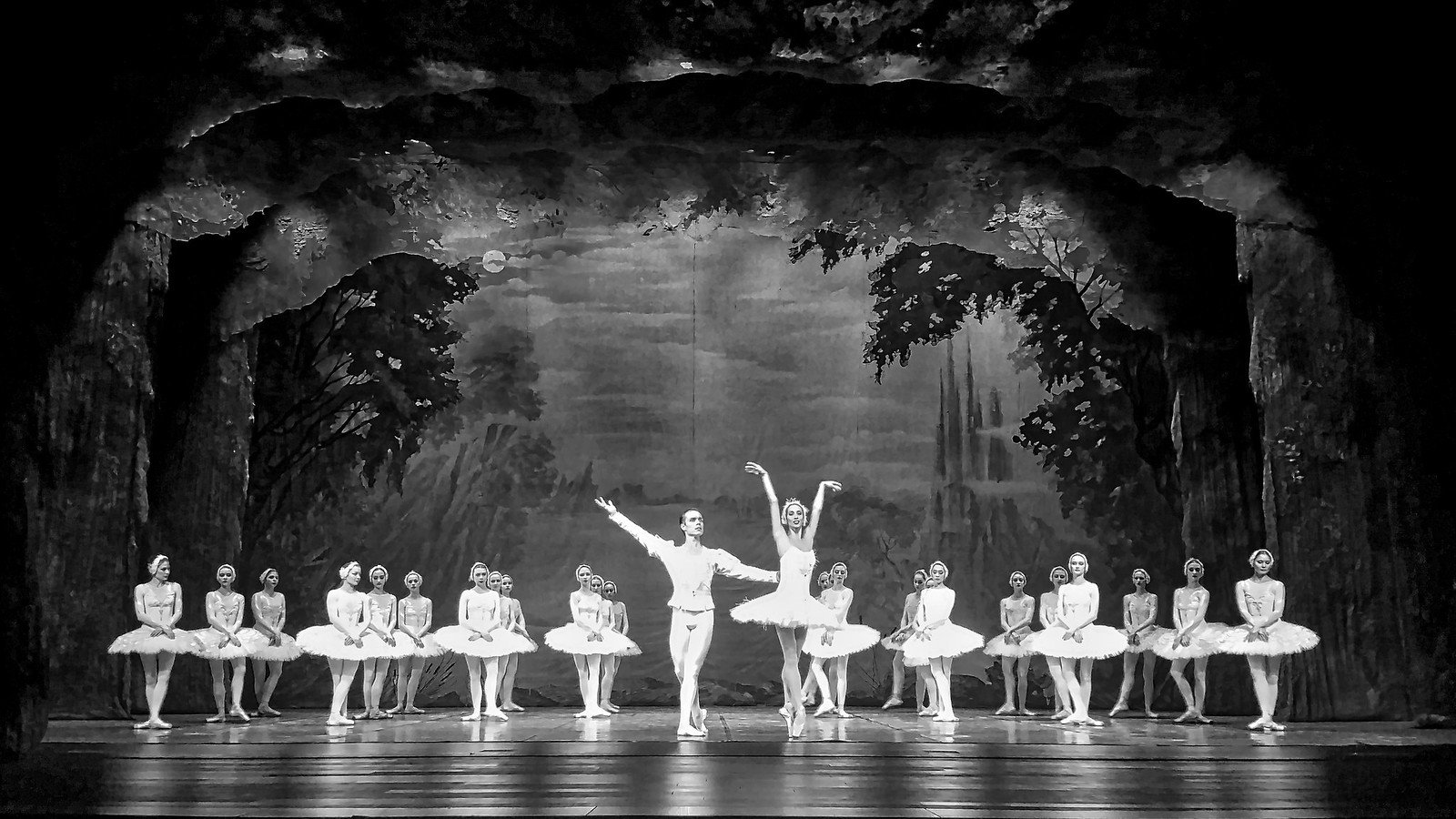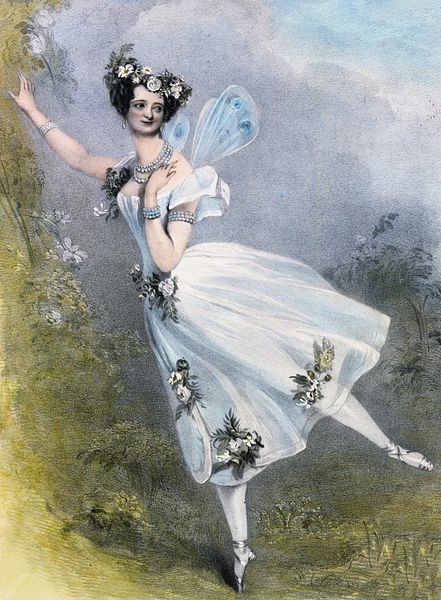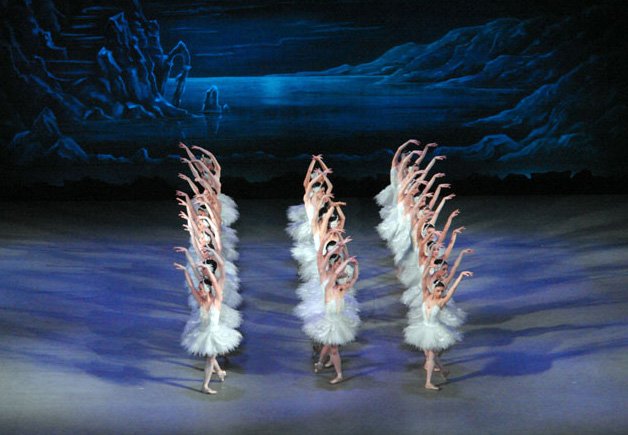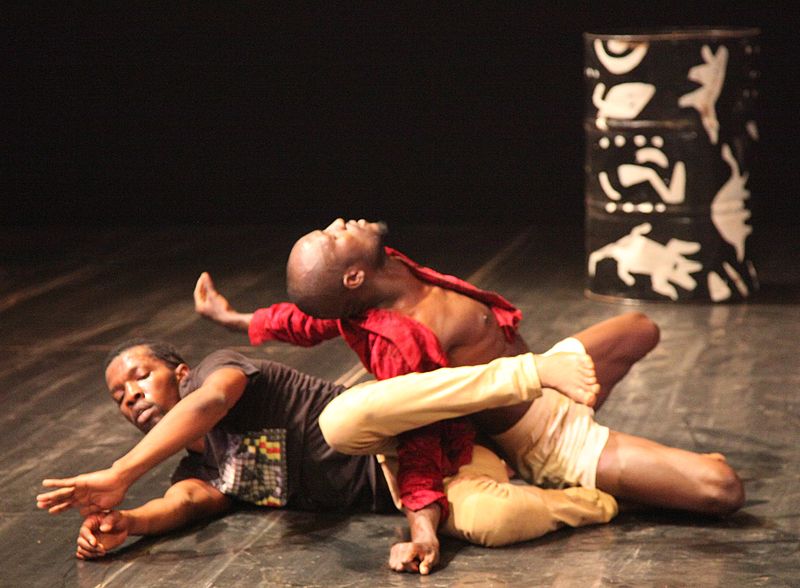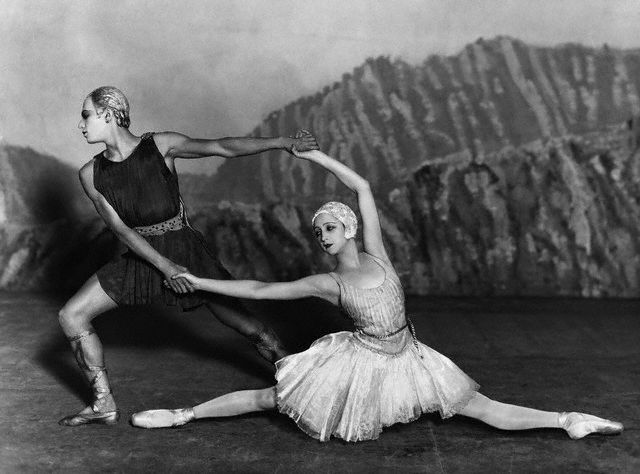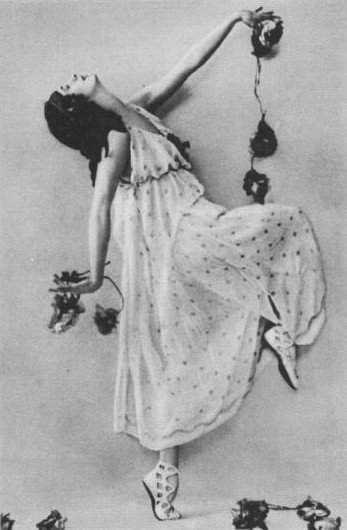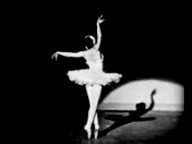METHODS
There are several standardized, widespread, classical ballet training systems, each designed to produce a unique aesthetic quality from its students. Some systems are named after their creators; these are typically called methods or schools.
TRAINING
Students typically learn ballet terminology and the pronunciation, meaning, and precise body form and movement associated with each term. Emphasis is placed on developing flexibility and strengthening the legs, feet, and body core (the center, or abdominals) as a strong
BALLET TECHNIQUE
Ballet technique is the foundational principles of body movement and form used in ballet. A distinctive feature of ballet technique is turnout; which is the outward rotation of the legs and feet emanating from the hip.
DEVELOPMENT OF CLASSICAL BALLET
Before classical ballet developed, ballet was in a period referred to as the Romantic era. Romantic ballet was known for its storytelling, and often held a softer aesthetic. Classical ballet came to be when a ballet master by the name
DEVELOPMENT OF BALLET METHOD
Several well-known ballet methods are named after their originators. For example, two prevailing systems from Russia are known as the Vaganova method after Agrippina Vaganova, and the Legat Method, after Nikolai Legat.
CONTEMPORARY BALLET
One dancer who trained with Balanchine and absorbed much of this neo-classical style was Mikhail Baryshnikov. Following Baryshnikov's appointment as artistic director of American Ballet Theatre in 1980, he worked with various modern choreographers, most notably Twyla Tharp.
NEOCLASSICAL BALLET
George Balanchine is often considered to have been the first pioneer of what is now known as neoclassical ballet, a style of dance between classical ballet and today's contemporary ballet. Tim Scholl, author of From Petipa to Balanchine, considers Balanchine's
Russia and the Ballets Russes
usses. It was made up of dancers from the Russian exile community in Paris after the Revolution. Diaghilev and composer Igor Stravinsky merged their talents to bring Russian folklore to life in The Firebird and Petrushka choreographed by Fokine.
UNITED STATES
Following the move of the Ballets Russes to France, ballet began to have a broader influence, particularly in the United States of America. From Paris, after disagreements with Diaghilev, Fokine went to Sweden and then the US and settled in
HISTORY OF BALLET
Ballet is a formalized form of dance with its origins in the Italian Renaissance courts of 15th and 16th centuries. Ballet spread from Italy to France with the help of Catherine de' Medici, where ballet developed even further under her


